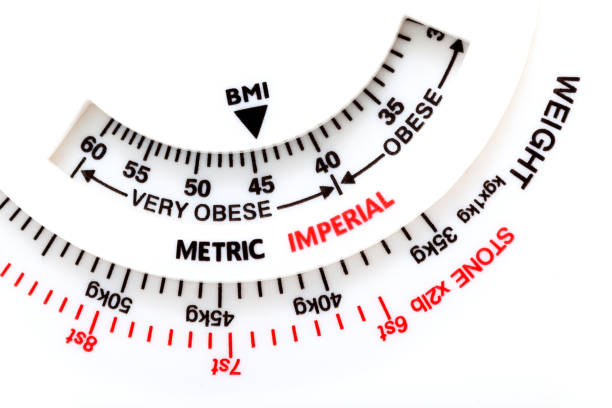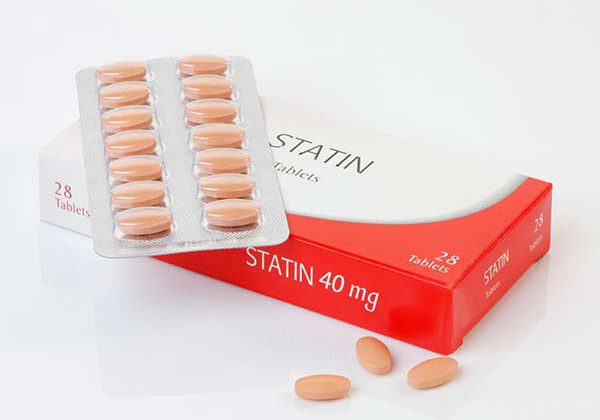High BMI elevates risk of several rheumatic diseases – but not equally for everyone
A new study by Uppsala University shows that a higher body mass index (BMI) increases the risk of five different rheumatic diseases: rheumatism, osteoarthritis, gout, psoriatic arthritis and inflammatory spondylitis. The researchers also noted that BMI was a stronger risk factor for women compared to men in terms of gout and psoriatic arthritis. The study will be presented in the journal Arthritis & Rheumatology.
Peer review/Observational study/People
“The results of the study provide greater understanding of the risks behind rheumatic disease and show that a lower body weight can be used as an intervention to reduce the risk of suffering from rheumatic disease,” explains Weronica Ek, Docent and Researcher at the Department of Immunology, Genetics and Pathology at Uppsala University, who led the study.
Most rheumatic diseases are driven by inflammation in the body and mainly affect joints, muscles and bones, but vital organs and vessels can also be affected. Symptoms of rheumatic disease can include fatigue, swelling and pain in the joints, stiffness and reduced movement function.
Previous studies have found a connection between rheumatic diseases and a high BMI (a kind of ‘corrected’ body weight that also takes the individual’s height into account). However, it has not been fully investigated whether this connection is due to a high BMI actually causing rheumatic disease rather than patients suffering from rheumatic disease simply having a higher BMI on average due to other, unknown reasons. This is a common problem in epidemiological studies based on observational data.
In the new study, the researchers tried to circumvent the problem by making use of information contained in human genes instead. By using specific genetic variants that can be linked to a high BMI, the researchers were able to show that men and women who have a genetic predisposition to a high BMI also have an increased risk of developing rheumatic disease.
“Although we have seen this connection in the past, it is difficult to identify the causal relations between BMI and disease. But when we found that the genes linked to high BMI were also associated with a higher risk of these rheumatic diseases, we were able to conclude that BMI truly does have an impact on the risk of developing rheumatic disease,” notes Ek.
The researchers used the same genetic method, known as Mendelian randomisation, to further study differences between men and women as well as possible differences in how BMI affects risk in women of childbearing age compared to those who have gone through the menopause.
“For both gout and psoriatic arthritis, which is a common disease in patients with psoriasis, we saw that a high BMI was a stronger risk factor in women than in men. We also noted that the effect of BMI on the risk of developing osteoarthritis was lower in post-menopausal women compared to women of childbearing age,” explains Fatemeh Hadizadeh, Postdoctoral Fellow at the Department of Immunology, Genetics and Pathology, Uppsala University and one of the main authors of the study.
The researchers also found that a certain increase in BMI did not result in an equal increase in the risk of developing gout among individuals with low, normal and high BMI.
“We saw that an increase in BMI in normal-weight individuals resulted in a significantly greater relative increase in the risk of developing gout than an increase in BMI in already overweight and obese individuals. The risk does not therefore appear to increase as much for a person who is already overweight. However, the basic risk of developing gout is always greater the higher your BMI. Such non-linear effects are interesting to study from a molecular biological perspective to try to understand the underlying mechanisms behind why a higher body weight increases the risk of disease,” says Torgny Karlsson, Statistician at the Department of Immunology, Genetics and Pathology, Uppsala University and one of the lead authors of the study.
Full bibliographic information
Published on 26/06/2023 by Uppsala Universitet
Authors; Torgny Karlsson, Fatemeh Hadizadeh, Mathias Rask-Andersen, Åsa Johansson, Weronica E. Ek (2023)
About: Body Mass Index and the Risk of Rheumatic Disease: Linear and Nonlinear Mendelian Randomization Analyses, Arthritis och Rheumatology, DOI: 10.1002/art.42613
https://onlinelibrary.wiley.com/doi/10.1002/art.42613





